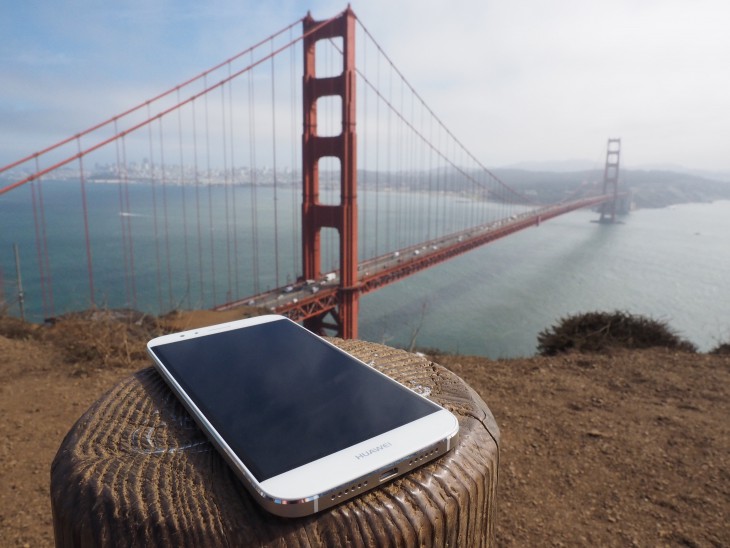 Huawei’s new mid-range handset for Australia is designed to be seen. I mean, it looks fantastic in front of the Golden Gate Bridge, and so it should. With design cues reminiscent of Samsung’s Galaxy S6, and incorporating many of Huawei’s previous design elements, the G8 is a stunning looking device, and it’s a pleasure to use.
Huawei’s new mid-range handset for Australia is designed to be seen. I mean, it looks fantastic in front of the Golden Gate Bridge, and so it should. With design cues reminiscent of Samsung’s Galaxy S6, and incorporating many of Huawei’s previous design elements, the G8 is a stunning looking device, and it’s a pleasure to use.
Internally, the G8 is powered by a Qualcomm Snapdragon 615 Octacore 4 x 1.5 / 4 x 1.2 GHz processor, with 3GB of RAM and 32 GB of on-board storage, supplemented by MicroSD storage up to 128GB. It seems that Huawei really seem to comprehend what makes an Android phone work well, and what differentiates a slouch from the top shelf – a processor is key, and the 615 is no slouch (though equally, it’s no 810/820) and lots of RAM makes a big difference.
Android 5.1 is standard, with Huawei’s Emotion UI (or EMUI) 3.1 included. Network connectivity is impressive, with LTE Cat 4 (150mbps) built in, though band support for the Australian market is yet to be confirmed closer to release, though the G8 will include support for Telstra and Optus’ 700 MHz bands, and Vodafone’s 850 MHz band.
The G8 display is a 5.5″ IPS display running at 1920x1080p, and it’s very easy to read indoors and out. A 3,000 mAh battery
The G8’s camera is another centrepiece; a 13MP rear camera with anti-shake image stabilisation is definitely welcome, and you can see some sample shots we’ve taken around San Francisco today; on the whole, the performance is good, perhaps even pretty great, but not quite in the same league as some other cameras on the market.
Most of the photos I took (of which, these are a good representative sample) worked out very well for a mobile camera, though some of the handling of light was a bit thrown off; while my Olympus E-M1 and other iPhone 6S’ in the group handled the dynamic lighting quite well, the G8 struggled in some of the environments we played with. It should be noted, though, for a 13MP camera with f/2.0 aperture, it did pretty damned well, and the OIS worked as advertised (especially in some of the windier environments!)
The front-facing camera is a 5MP job, and it does perform fairly well; in addition to the standard selfie, Huawei’s camera has a number of enhancement modes which can apply makeup to inappropriate subjects like me, as well as airbrushing out some of the chips and dents. It’s amusing for me, and definitely has its place for some users too.
I must warn you, though, that selfies are not my thing. Obviously.
Panorama stitching is something else I tried out and with fairly good success; the interface is fast and intuitive, stitching takes very little time, and the results are equally impressive.


Last, but by no means least, is the inclusion of a rear fingerprint sensor. In the same place, and perhaps with the same functionality, as that rumoured for tomorrow’s Nexus 6P, the fingerprint sensor is a key user interface with the handset — you can unlock the handset merely by placing a registered fingerprint over the sensor, it can take a photo when the camera is active, and when swiped, it can load the notification drawer (and with a second swipe, clear it). A very unique and useful way of interacting with Android, that’s for sure.
I’ve enjoyed my time with the Huawei G8 today, and I’m looking forward to a full review in a couple of weeks once we’ve had more time with the device.
Huawei’s G8 will be coming to Australia in October, though channels, local pricing and telco availability are yet to be finalised. We do know, though, that the G8 is on sale in Europe (in a slightly different configuration) for around 399 Euro, so we suspect local pricing will be somewhere in the range of $650 to $750. All will be revealed next month.
Ausdroid is in San Francisco for Google’s 29 September event, and accomodation for our travel was provided by Huawei.

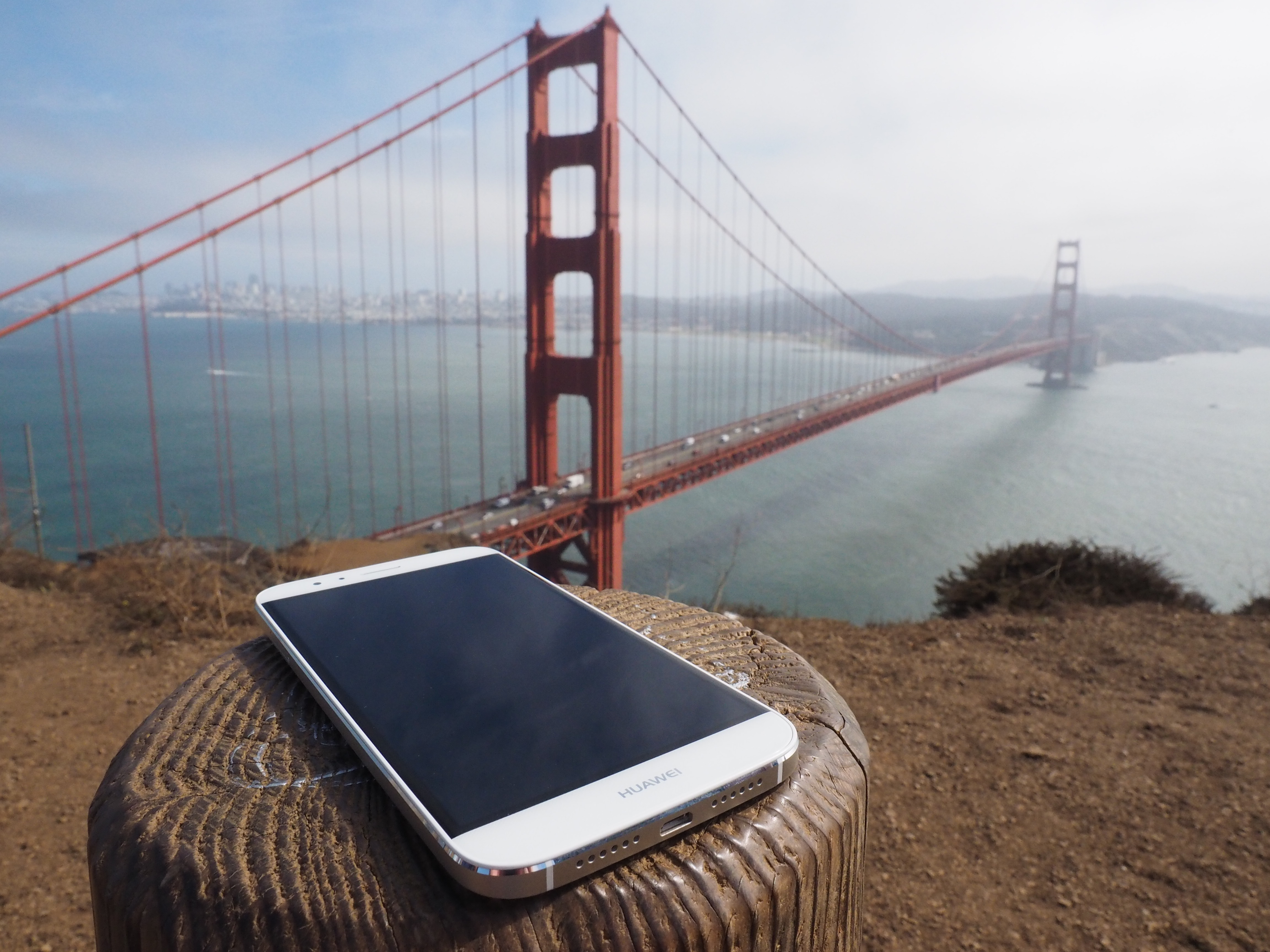
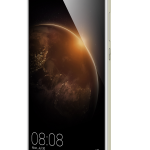

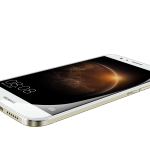
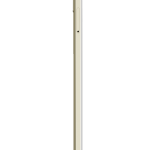
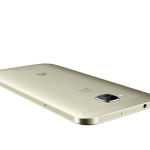


















Does it have a RGB notification light?
Those specs are similar to the Moto X Play (which also has a better battery). It would need to be a lot cheaper before it sells well, but if the price was right, it’s an interesting option.
I know Chinese manufacturers do tend to drop prices pretty quick, but can you imagine a phone with a mid-range processor selling well at that $650-$750 price point? These kinds of phones are attractive to enthusiasts i.e. readers of this site, but we can also tend to be total spec snobs 🙂
Sounds like a good phone. You called it a “mid-range handset”, but what makes this mid-range rather than high-end? Is it the processor, and if so did you notice any processor-related issues?